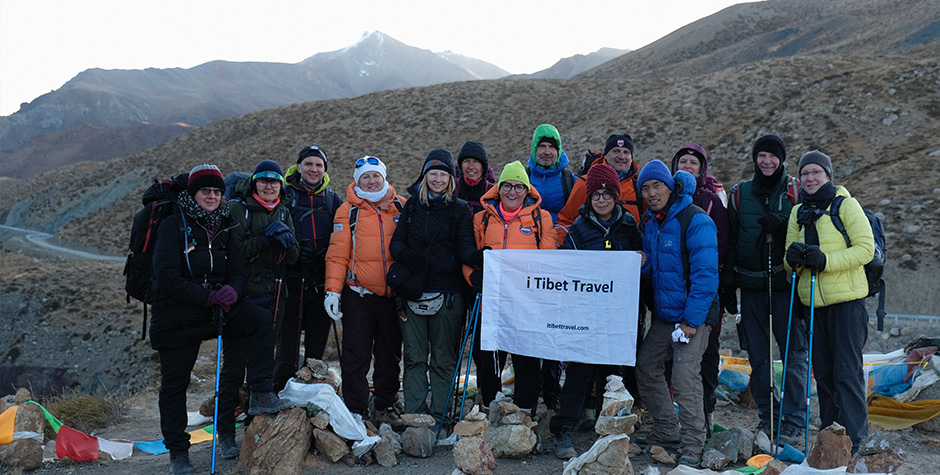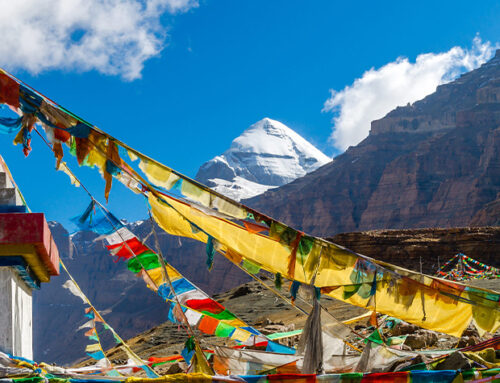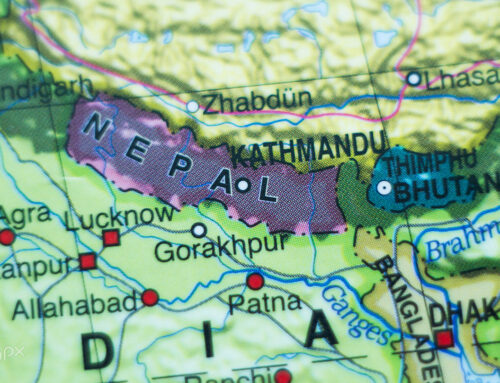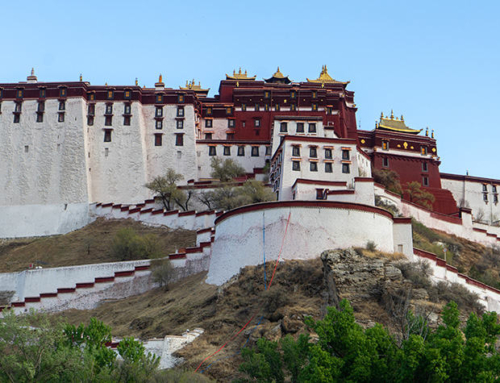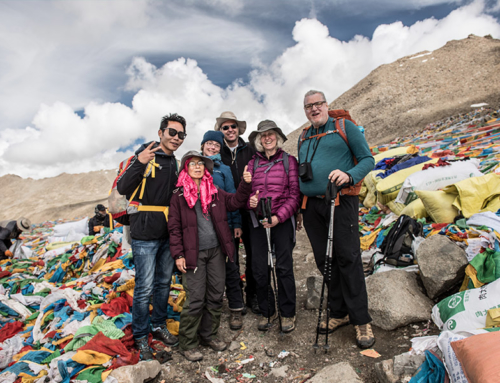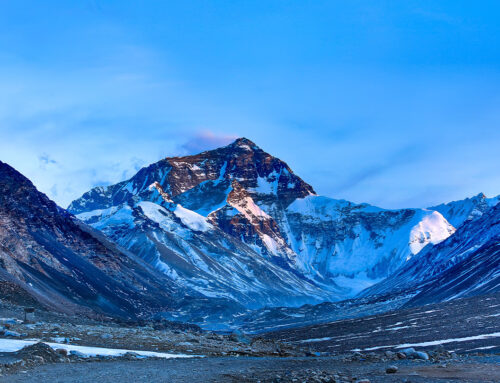Welcome to the majestic world of the Himalayan mountain range, a natural wonder that stretches across several countries in Asia. This awe-inspiring range holds unparalleled beauty, with its towering peaks, diverse landscapes, and rich cultural heritage. In this article, we will explore the Himalayas in detail, delving into its geology, geography, climate, biodiversity, cultural significance, adventure sports, environmental concerns, economic impact, famous peaks, and expeditions. So, tighten your boots and get ready to embark on an exciting journey through the Himalayas!
Overview
The Himalayas, also known as the “Abode of Snow,” is a mountain range that spans over 2,400 kilometers across five countries: India, Nepal, Bhutan, Tibet (China), and Pakistan. It is the highest and most extensive mountain range in the world, encompassing numerous peaks over 8,000 meters, including the majestic Mount Everest.
Geology
The Himalayas were formed as a result of the collision between the Indian and Eurasian tectonic plates. This ongoing geological process has led to the upliftment of the land, resulting in the creation of these awe-inspiring mountains. The range is characterized by its young and rugged topography, with deep valleys, steep slopes, and breathtaking glaciers.
Geography
The geography of the Himalayas is incredibly diverse, varying from lush green valleys to snow-capped peaks. The range is divided into three major regions: the Greater Himalayas, the Lesser Himalayas, and the Outer Himalayas. Each region has its own distinct characteristics and offers unique experiences to visitors.
Climate
The Himalayas have a diverse climate due to their vast expanse and varying altitudes. The region experiences different climatic zones, ranging from subtropical in the foothills to alpine and tundra at higher elevations. This diversity makes the Himalayas an ideal destination for nature enthusiasts throughout the year.
Biodiversity
The Himalayan mountain range is a treasure trove of biodiversity. Its diverse ecosystems support a wide array of flora and fauna, including several endangered species. From the elusive snow leopard to the vibrant rhododendron forests, the Himalayas offer a glimpse into nature’s unparalleled beauty.
Cultural Significance
The Himalayas hold immense cultural significance for the people living in the region. It is home to several indigenous communities with rich cultural traditions and spiritual practices. The range is dotted with ancient monasteries, temples, and pilgrimage sites, attracting spiritual seekers from around the world.
Trekking and Adventure Sports
For adventure enthusiasts, the Himalayas provide a playground like no other. The range offers thrilling opportunities for trekking, mountaineering, rock climbing, and other adventure sports. Whether you are a seasoned mountaineer or a beginner seeking an adrenaline rush, the Himalayas have something to offer for everyone.
Environmental Concerns
Despite its majestic beauty, the Himalayas face various environmental concerns. Climate change, deforestation, and unsustainable tourism practices pose significant threats to the delicate ecosystems of the region. It is crucial to raise awareness and promote sustainable practices to ensure the preservation of this natural wonder.
Economic Impact
The Himalayas play a vital role in the economies of the countries they traverse. Tourism, agriculture, and hydropower generation are among the key economic activities in the region. The Himalayas attract millions of tourists annually, providing employment opportunities and boosting local economies.
Famous Peaks and Expeditions
The Himalayas are synonymous with some of the world’s most famous peaks and daring expeditions. Mount Everest, Kanchenjunga, and Annapurna are just a few of the iconic peaks that have captured the imagination of adventurers for decades. We will explore the stories behind these legendary expeditions and the achievements of those who dared to conquer these mighty summits.
Conclusion
The Himalayan mountain range is a true marvel of nature, captivating adventurers, spiritual seekers, and nature lovers alike. Its grandeur, biodiversity, and cultural significance make it a destination like no other. However, it is vital to ensure the preservation of this fragile ecosystem by adopting sustainable practices and raising awareness about the environmental challenges it faces. The Himalayas will continue to inspire and awe generations to come, reminding us of the beauty and power of the natural world.
About Tibet Travel & Tours
Q1. How high is the highest peak in the Himalayas?
The highest peak in the Himalayas is Mount Everest, towering at an impressive height of 8,848 meters (29,029 feet) above sea level.
Q2. Can beginners go trekking in the Himalayas?
Yes, there are trekking routes suitable for beginners in the Himalayas. It is essential to choose a trek that matches your fitness level and seek guidance from experienced guides.
Q3. Are there any safety precautions to consider while trekking in the Himalayas?
Trekking in the Himalayas requires adequate preparation and caution. It is crucial to acclimatize to the high altitude, carry essential gear, and follow the instructions of experienced guides to ensure a safe and enjoyable trekking experience.
Q4. How can I contribute to the preservation of the Himalayas?
You can contribute to the preservation of the Himalayas by adopting sustainable travel practices, supporting local conservation initiatives, and spreading awareness about the environmental challenges faced by the region.
Q5. What is the best time to visit the Himalayas?
The best time to visit the Himalayas depends on the specific region and activity. Generally, the spring (March to May) and autumn (September to November) seasons offer pleasant weather and clear views, making them popular among travelers.
About Tibet Travel & Tours
Tibet Travel & Tours is a local travel agency in Tibet that offers unique and authentic experiences to travelers from all around the world. As a leading tour operator in Tibet, we provide high-quality Tibet Travel services that are tailored to our clients’ needs and preferences.
Our team of experienced and knowledgeable professionals strives to ensure that our clients have a hassle-free and memorable trip in Tibet. We specialize in various types of tours, including cultural tours, trekking and hiking tours, and adventure tours.
Our commitment to providing exceptional service has earned us a reputation as one of the best local travel agencies in Tibet. Contact us today to plan your unforgettable trip to Tibet.
Explore Tibet with a local Tibetan Travel Agency
If you’re looking to explore Tibet, starting your journey with a reputable Tibetan travel agency in Tibet is crucial. Tibet Travel & Tours is a great choice to begin your adventure with their extensive knowledge of the region and commitment to responsible tourism.
Their Tibet tour packages cater to a range of interests and budgets, making it easy to plan a trip that suits your needs. Before embarking on your tibet tour, it’s essential to have the right Tibet travel information and necessary documents, including a Tibet travel permit.
The Tibet Travel Planner provided by i-Tibet travel is an excellent resource to plan your trip, including tips on what to pack, where to stay, and what to see.
For beginners, the “About Tibet” guide provided by i-Tibet travel offers a comprehensive overview of the region’s history, culture, and top attractions. So, start your Tibet travel plan here with i-Tibet travel and discover the magic of Tibet for yourself.

